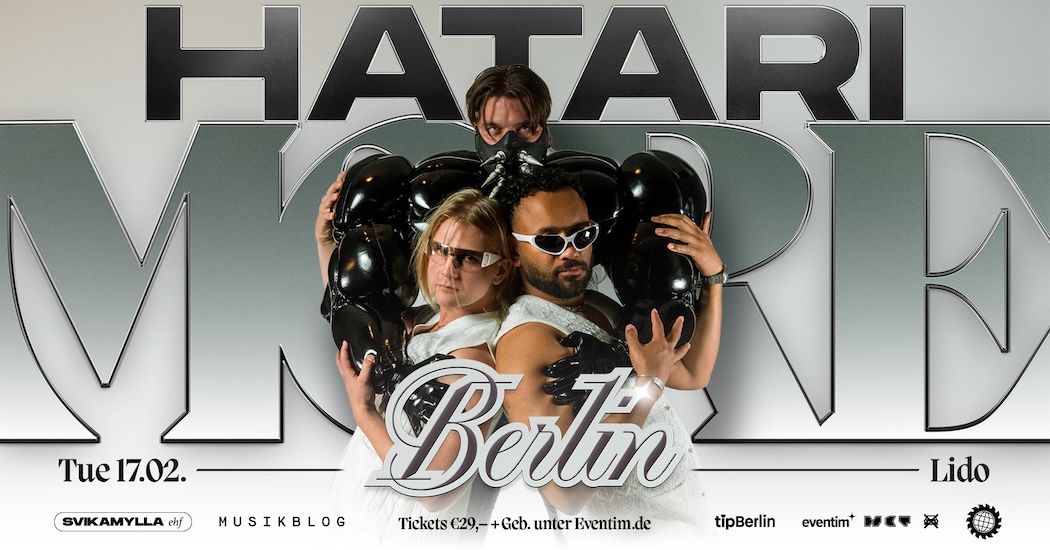
Detail, Dominique Hurth, 2024-25.
Save The Date! Textile production at the Ravensbrück Concentration Camp began in 1939, evolving into a crucial hub for the SS-owned company, Texled (Gesellschaft für Textil- und Lederverwertung mbH), relocated from Dachau to Ravensbrück in 1941. The site’s workshops became a significant centre for weaving, cutting, sewing, and repairing, churning out prisoner clothing for various concentration camps, Wehrmacht and SS uniforms, as well as uniforms for female concentration camp guards. While the production of prisoner clothing ceased by 1943, the output of military uniforms surged, underscored by harrowing testimonies and company reports that reveal the escalating violence of the labour conditions.
Dominique Hurth, an artist deeply invested in the history of the Ravensbrück Women’s Concentration Camp, has engaged in years of research to uncover the layered narratives of forced labour and its lingering societal impacts. Her artistic practice draws upon encounters in archives, collections, and historical sites, engaging with experts and documents to illuminate this often-overlooked history.
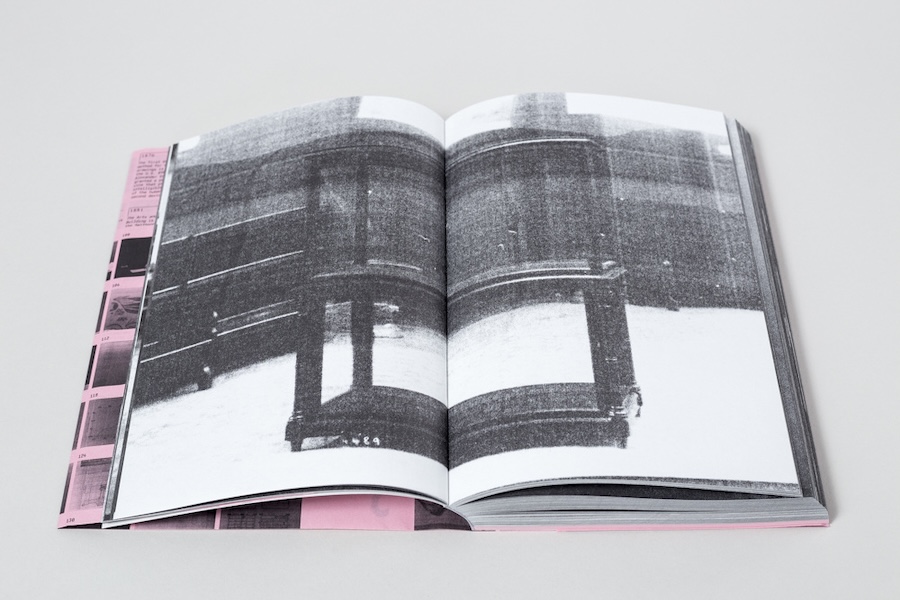
dominiquehurth.com / www.instagram.com/dominique.hurth
www.instagram.com/ravensbrueck.memorial
In commemoration of the 80th anniversary of the Ravensbrück Women’s Concentration Camp’s liberation in May 2025, and in the context of the Ravensbrück European Summer University’s focus on Nazi perpetration in August 2025, the Ravensbrück Memorial Museum (Fürstenberg/Havel) will unveil a groundbreaking installation by Hurth that highlights the textile history of the concentration camp. This pivotal subject has received scant attention, making this exhibition all the more compelling.
Hurth’s site-specific installation integrates textiles, text, and imagery, critically exploring the dual themes of forced labour and the brutal history of uniform production. It also examines the economic frameworks that supported these structures, reflecting their implications for contemporary society. The exhibition will incorporate previously unexhibited objects from the memorial’s collection, presenting them within the former weaving mill located in the “Industriehof,” one of the scant buildings that persist on the former camp grounds. This reactivation invites visitors to confront the reality of forced labour directly at its historic site.
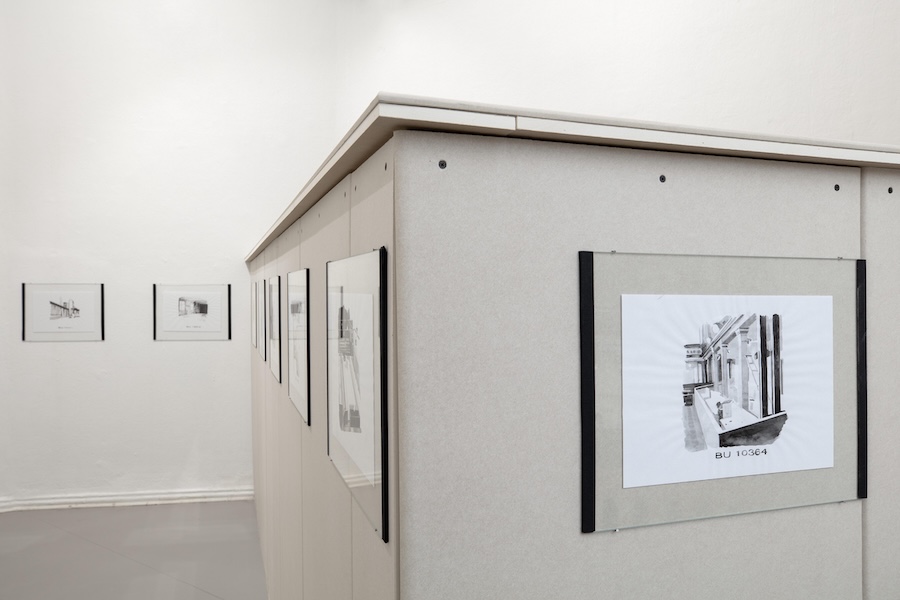
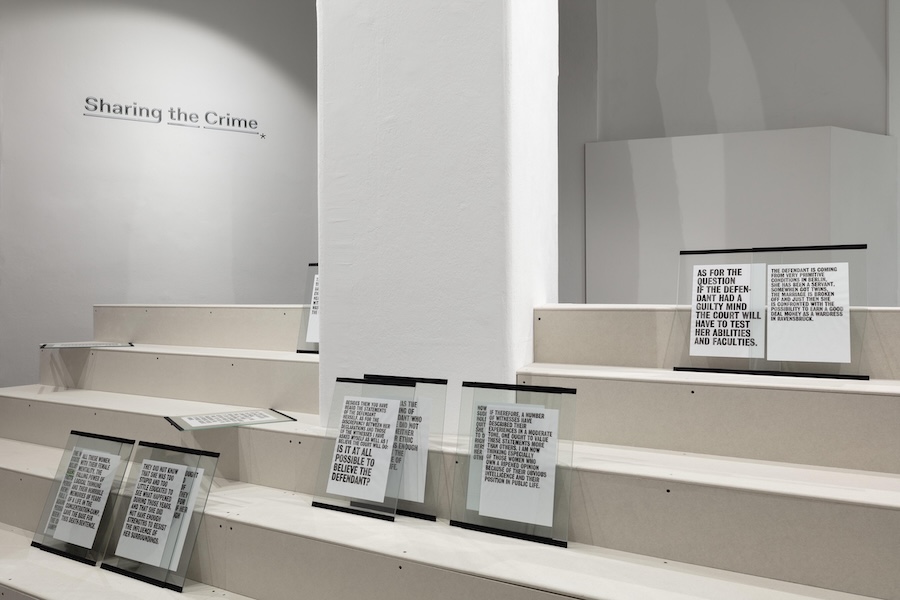
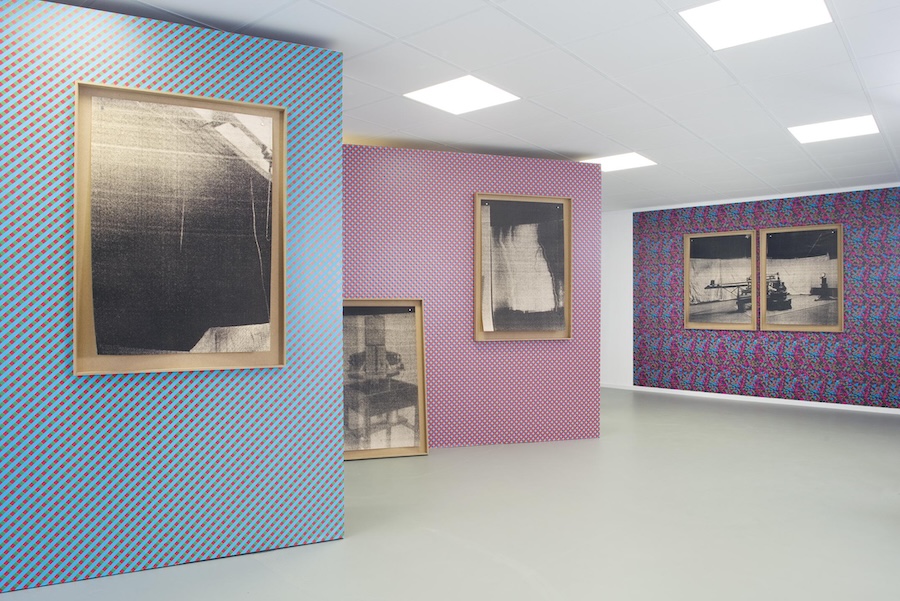
Beginning May 2nd, this space will serve as a preamble to the much-anticipated main exhibition slated to launch on August 24th with an essay film that intertwines diverse research strands and historical narratives. The subsequent fall season will feature a series of events, inviting discussion around artefacts related to textile production. Experts from fields as varied as textile design, contemporary history, restoration, and cultural studies will facilitate lectures and dialogues, enhancing the public’s understanding of this complex topic.
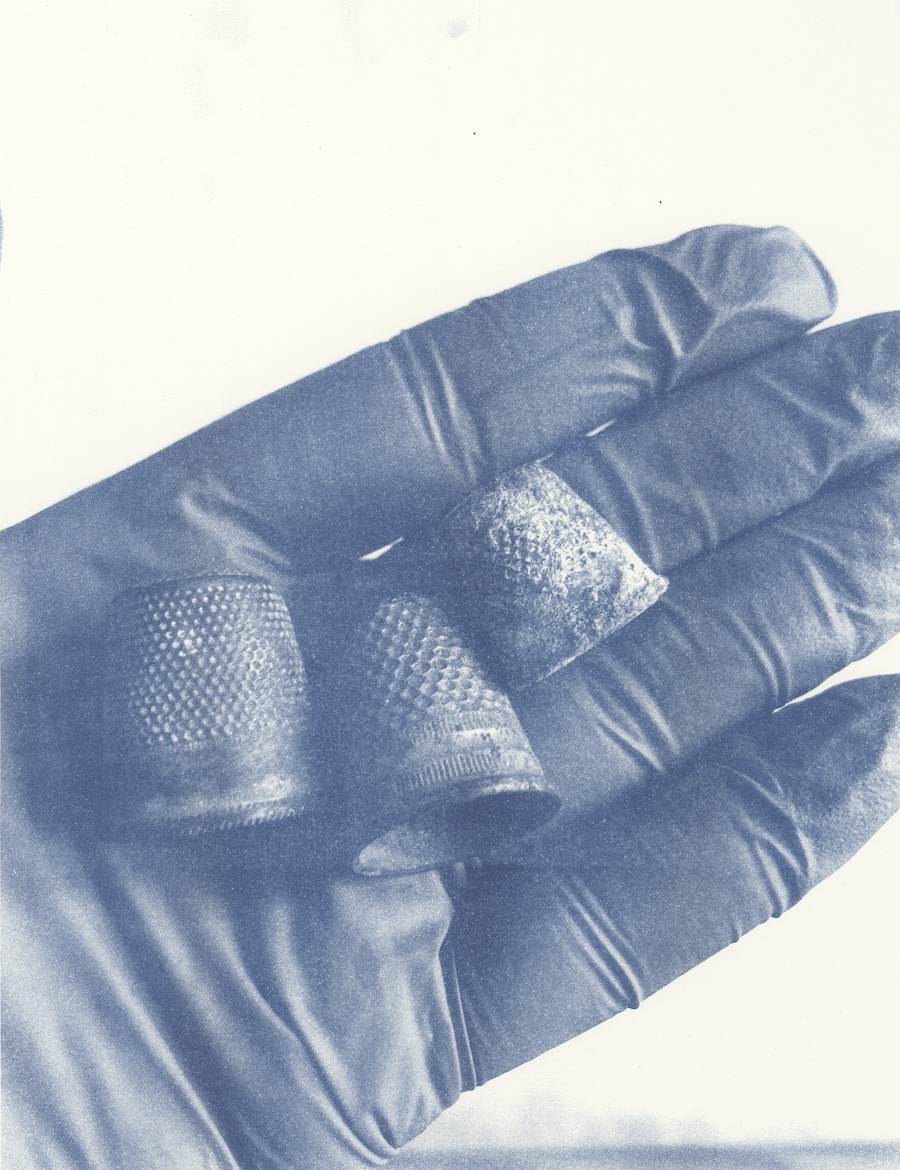
Detail, Dominique Hurth, 2024-25.
Preamble opening: On view from May 2nd, 2025
Exhibition opening: August 24th, 2025, Sunday, at 3:00 p.m.
Supporting events: September 21st, 28th; October 25th; November 13th, & December 4th, 2025
Location: Mahn- und Gedenkstätte Ravensbrück, Straßen der Nationen 1, Fürstenberg/Havel
